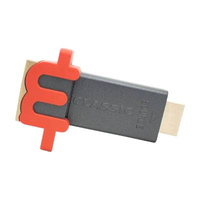The Xbox 360 Marketplace might be dead, but I'm still using the original console with this handy upscaler
Combat unsightly 360 visuals with this dongle.

I’m willing to bet most players don’t have an Xbox 360 still hooked up to their living room TV, and if I’m being honest, I don’t blame them. I mean, the fact that the console’s digital marketplace shuts down today might be reason enough for those of you who’ve long since traded in their physical games, but it also looks a bit scrappy on modern TVs. At least, it will if you just plug it straight in, which is why I play all of my favorite seventh-gen adventures using a handy upscaler, and I now don’t think I could use Microsoft’s console without it.
I promise that I'm trying to avoid referring to the Xbox 360 as one of the best retro consoles, but in a sense, the 2000s platform is suffering the same fate as old-school systems. Sure, you can still use it with the best gaming TV options today thanks to its HDMI cable abilities, but it’s far from contemporary performance-wise. Low frame rates and aliasing plague the system with visuals that modern system owners and PC players will struggle with, and while I don’t have a remedy for the former, there are certainly ways to smooth things out.
Okay, let’s delve into setup specifics – the upscaler I use for both Microsoft’s oldie and gaming handhelds in my living room is the Marseilles mClassic. Normally, I talk about this dongle in the context of giving Nintendo Switch graphics a glow-up, but I actually use it with most older consoles with HDMI output. The reason? Well, it makes for a great way to easily upscale things up to 1440p on compatible screens, and it combats aliasing using a nifty algorithm.
Marseille mClassic | $99.99 $79.99 at Amazon
Save $20 - Still down to its lowest price following a Prime Day discount, you can grab $20 off the mClassic just in time for revisiting the Xbox 360. It's admittedly no small price to pay for an accessory, but the upscaler will make all the difference to Microsoft's aging console graphics.
✅ You want to improve Switch visuals
✅ You've still got older consoles to hand
Don't buy it if:
❌ You want to upscale 2D sprite games
❌ You typically play the Switch in handheld mode
Price check: Walmart $113.64 | Best Buy OOS
Admittedly, I’ve actually been playing Xbox 360 games recently on two different setups, as I couldn't resist playing The Darkness on the 65-inch LG OLED G4 I recently reviewed. However, gaming monitor fans will be happy to hear I currently have the console plugged into the Samsung OLED G6, and honestly? I think playing on a smaller QHD display is more worthwhile. That’s mostly due to the fact TVs annoyingly lack 1440p support, but the mClassic’s anti-aliasing efforts also shine brighter when not blowing things up.
An Xbox 360 graphics redux
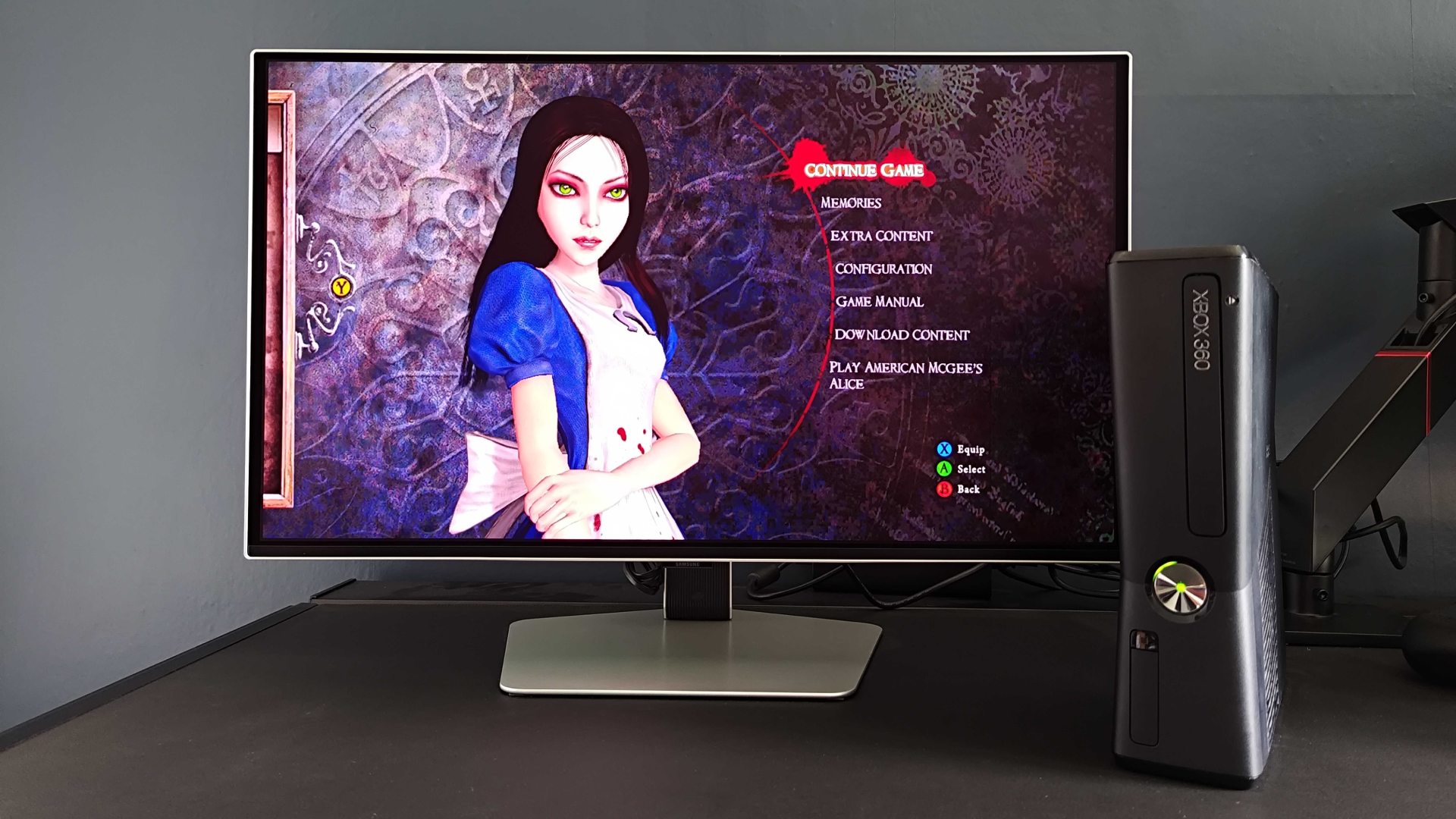
Naturally, the mClassic doesn’t give the Xbox 360 the same capabilities as the Series X, as the new-gen console will render compatible releases at 4K. The big silly problem with opting for that approach is that the number of supported games is extremely limited, so if you’re looking to revisit your physical collection or even games you downloaded before the demise of Marketplace, sticking with the OG system is your best bet.
I’ve experimented with both approaches, and I can vouch for the results that the classic provides. In terms of scaling, the dongle does a far better job dialing everything up from 720p to 1440p than your display’s innards, avoiding typical latency issues and blurriness. As a tasty addition, you’ve also got that aforementioned anti-aliasing formula working hard to smooth out any weird edges or blurry text - something that makes one hell of a difference when you’re hopping between old and new systems (such is the curse of a hardware editor).
It’s worth keeping in mind that your mileage will vary with Xbox 360 games, especially the releases that keep aliasing to a minimum. That said, I could immediately sniff out the benefits when playing both Alice: Madness Returns and The Darkness. You don’t even need to set off to Wonderland in American McGee’s gothic platformer to spot the difference, as the main menu’s 3D model features smoother hair strands and eyeliner. In-game, you’ll also get to enjoy fewer jaggies and less pixellated nonsense, bringing the adventure closer to the Steam version than ever (they’re worlds apart, but the point still stands).
Sign up to the GamesRadar+ Newsletter
Weekly digests, tales from the communities you love, and more
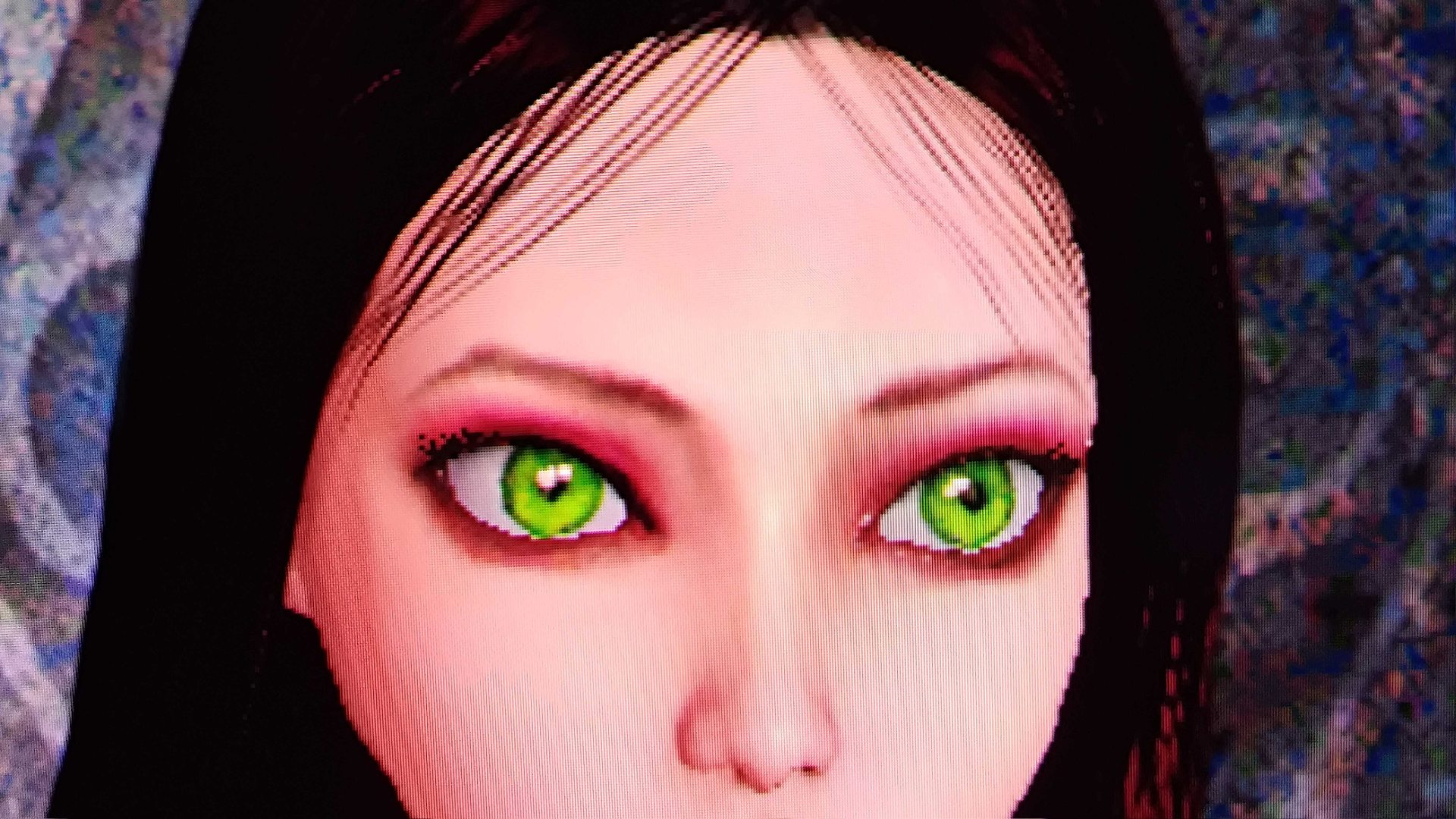
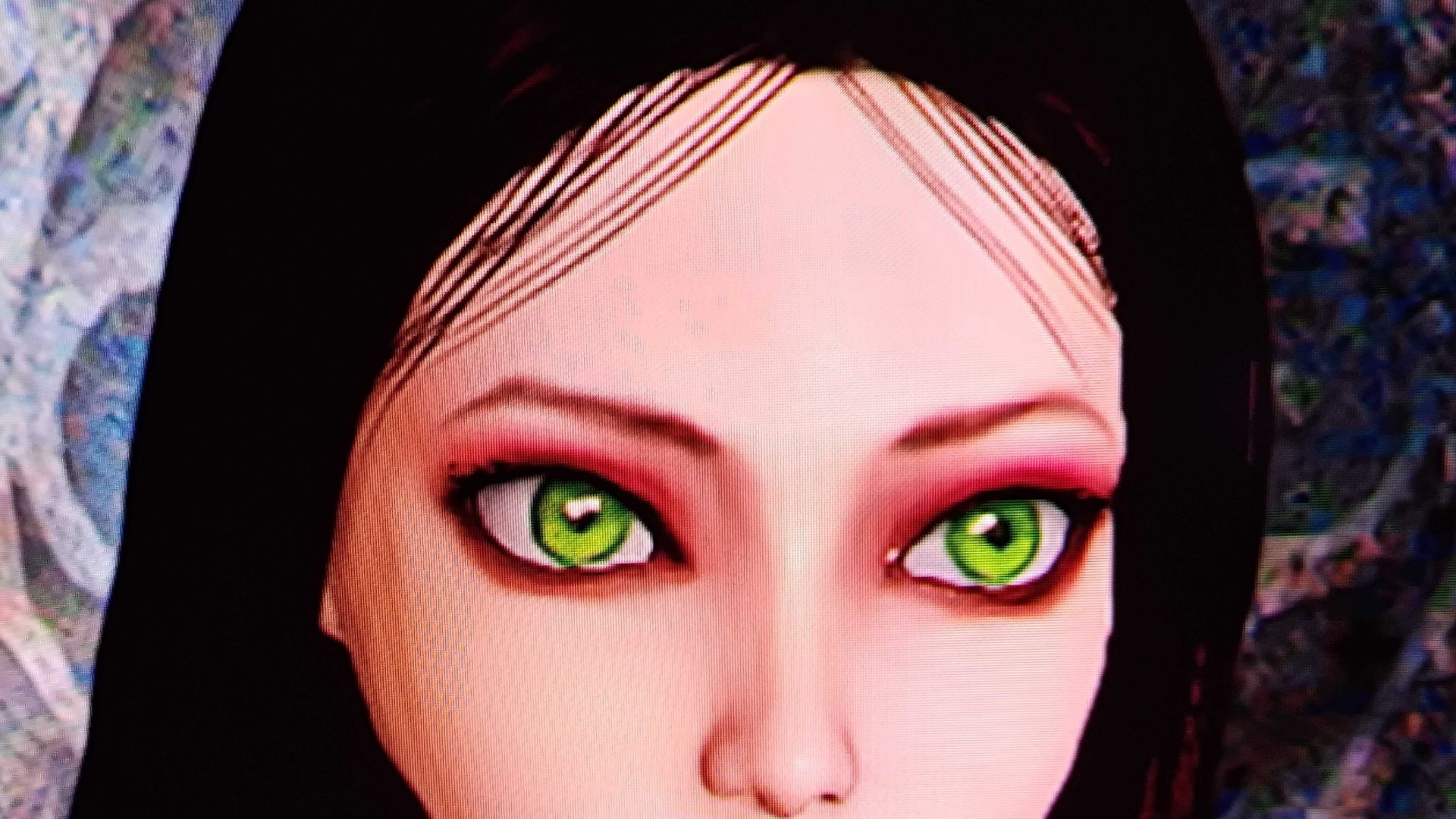
The Darkness is an example of a game that handles aliasing well, so I admittedly felt less benefits from the mClassic’s algorithms. What I will say is that the game’s contrast and colors appeared more balanced when using the dongle, not to mention the 1440p uplift beats messing around with 720p and monitor scaling. You will notice somewhat smoother edges if you focus on straight edges and some textures, even if there’s less to work with flaw-wise.
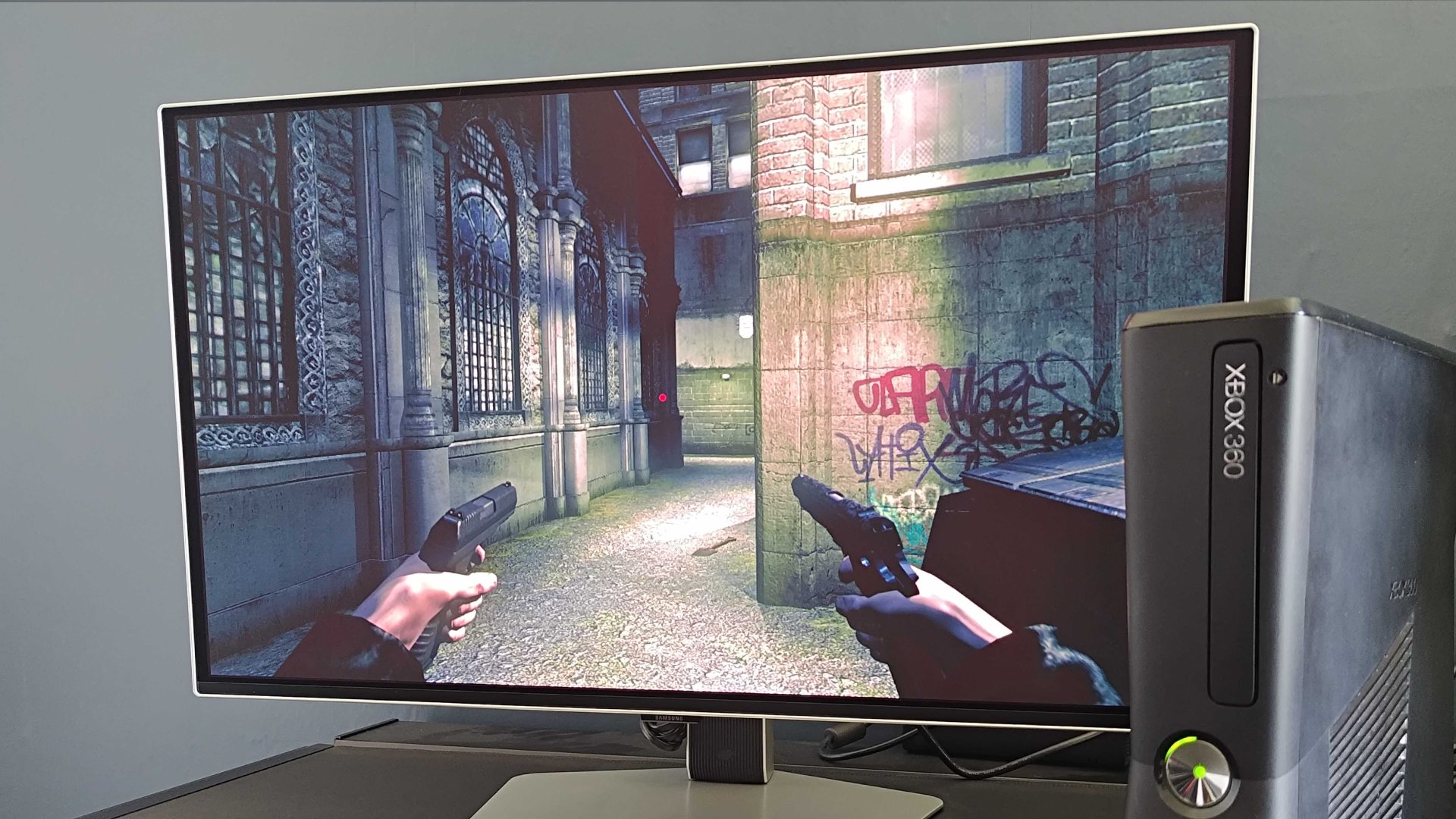
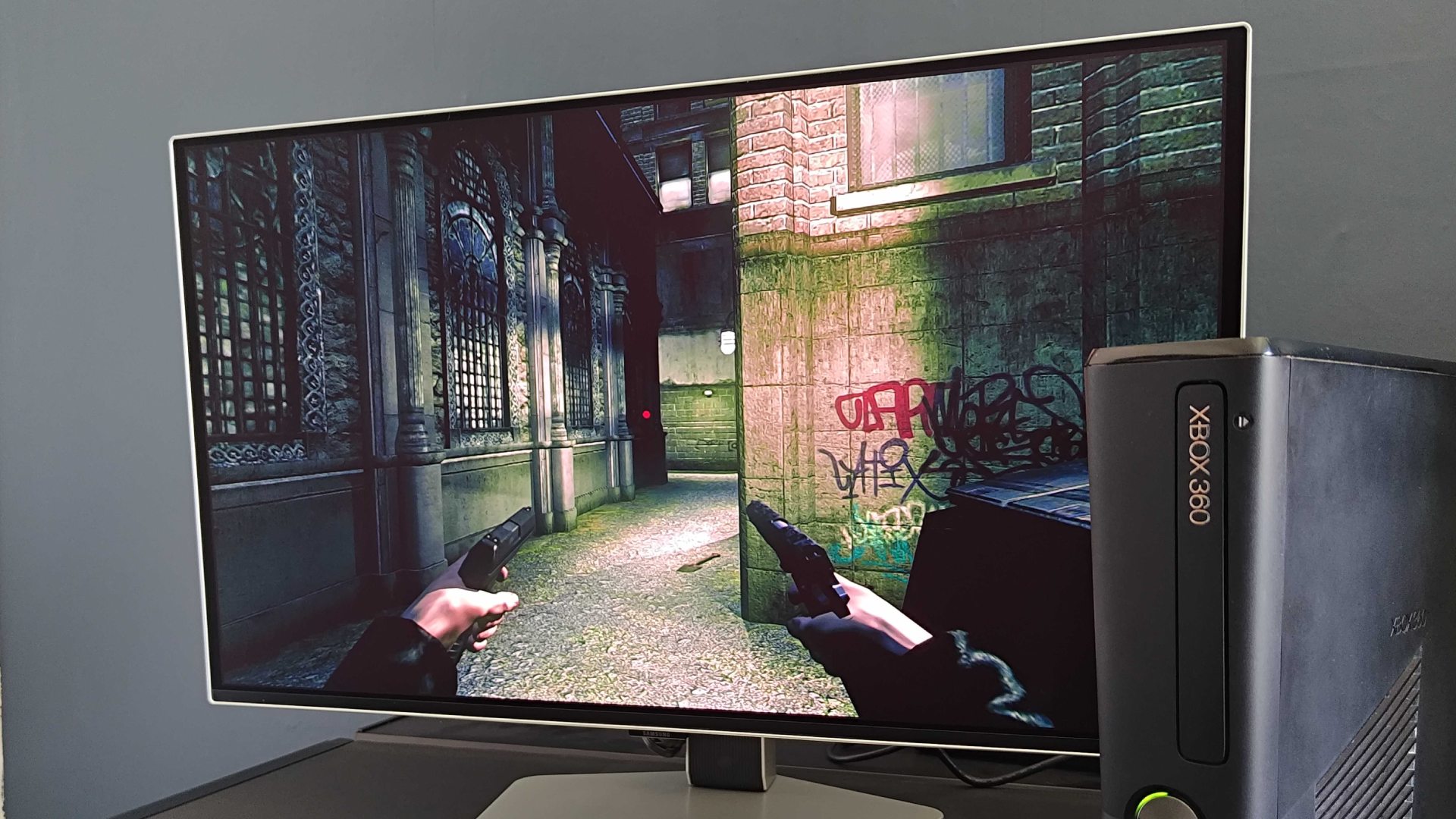
If you’re planning on properly diving into the Xbox 360’s library, but would rather stick with physical media, the mClassic is a sound investment. It’s relatively unobtrusive since it acts as a middleman between your console and HDMI cable, and you’ll even be able to use Microsoft’s ‘05 system to power it via USB. I’ll likely spend a good chunk of my summer re-exploring old favorites using this dongle, and now that the Marketplace has been laid to rest, I’ve got the perfect excuse to pick up new games for my already full shelf.
Looking for a way to play Game Pass on the go? Check out the best gaming handheld and best gaming laptop options for portable rigs. Alternatively, swing by the best monitor for Xbox Series X if you need a new console screen.

I’ve been messing around with PCs, video game consoles, and tech since before I could speak. Don’t get me wrong, I kickstarted my relationship with technology by jamming a Hot Wheels double-decker bus into my parent’s VCR, but we all have to start somewhere. I even somehow managed to become a walking, talking buyer’s guide at my teenage supermarket job, which helped me accept my career fate. So, rather than try to realise my musician dreams, or see out my University degree, I started running my own retro pop culture site and writing about video games and tech for the likes of TechRadar, The Daily Star, and the BBC before eventually ending up with a job covering graphics card shenanigans at PCGamesN. Now, I’m your friendly neighbourhood Hardware Editor at GamesRadar, and it’s my job to make sure you can kick butt in all your favourite games using the best gaming hardware, whether you’re a sucker for handhelds like the Steam Deck and Nintendo Switch or a hardcore gaming PC enthusiast.
